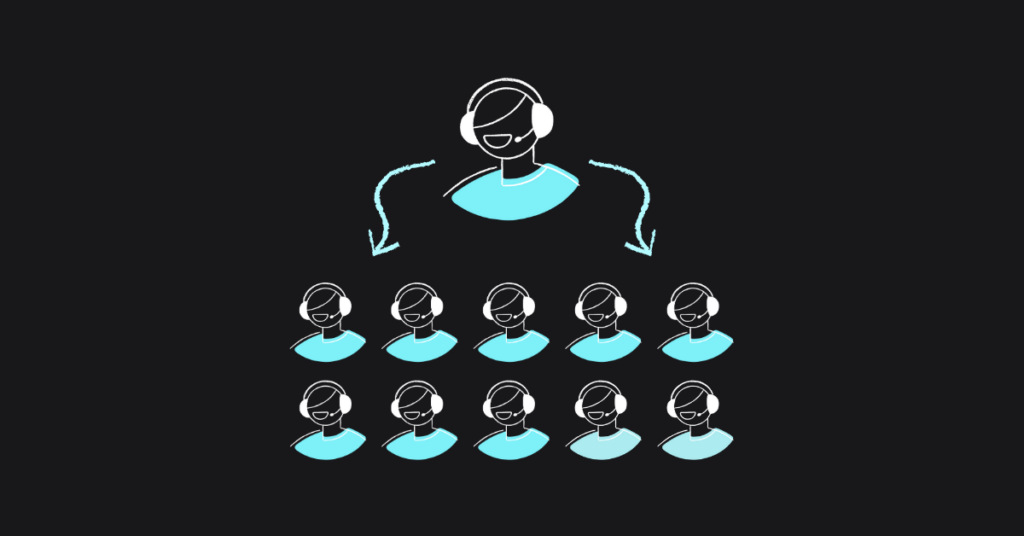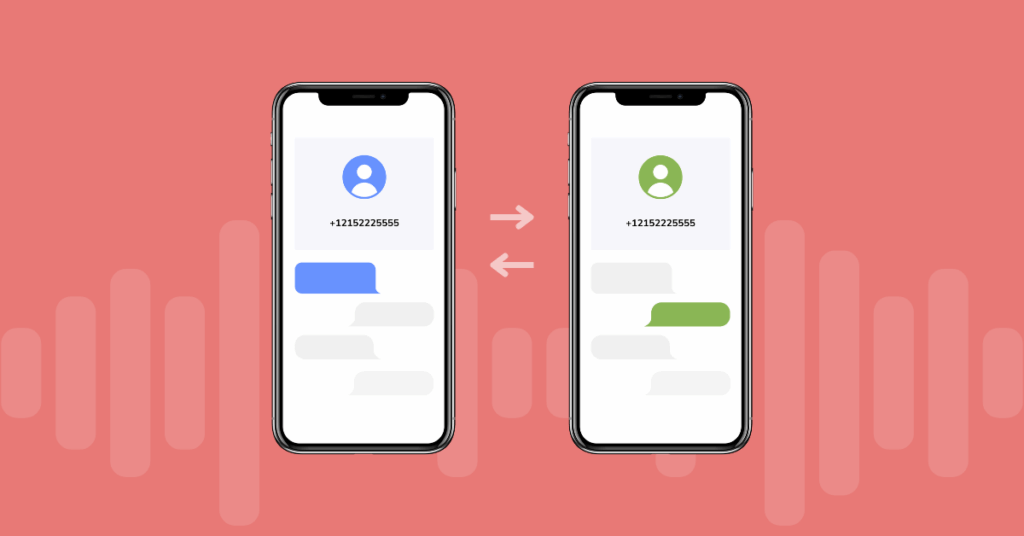
Table of contents
VoIP has quickly gained traction in the business world, with the majority of organizations having already switched to it or planning to do so in the near future. In fact, quite a few new businesses started within the last five years have may not have used the landline at all!
Getting started with VoIP is easier than before but it can still be intimidating for someone who has no knowledge of the technology whatsoever.
So, this tutorial will lay out the basics of VoIP – minus any technical jargon – so that anyone can understand business VoIP deployments. To understand what VoIP is, you need to know how the traditional phone system (POTS) works.
The Difference between PSTN and VoIP
The Public Switched Telephone Network works on circuit switching technology to connect the world’s landlines together. Although the original switches were analog, today most of the network is digital.
In spite of that, it is still inefficient since a business will need to have two different networks – the PSTN for phone calls and wired/wireless networks for data. VoIP allows enterprises to combine voice calling with the data network – this technology routes normal phone calls over the Internet instead of the PSTN.
Why Is VoIP Less Expensive?
Most businesses are used to new technology being prohibitively expensive and therefore, they are surprised to find out that VoIP is actually cheaper than regular phone calls. The reason for this is because VoIP vendors do not have to maintain a separate infrastructure that is wholly dedicated to voice communication.
With VoIP, office calls between colleagues are effectively free irrespective of location. This is possible since the call does not touch any part of the PSTN network as it travels from the source to the destination.
The same is not true for international calls but charges are significantly less because only a small portion of the call travels over the PSTN.
Another reason is because VoIP is more efficient. When a call is made over the PSTN, the connection between both callers has to be kept open for the duration of the call and no one else can use it (even if they are sitting on opposite sides of the world).
Naturally it is highly inefficient and costs more for the end-user. The technology behind VoIP ensures that individual packets can take any route to their destination, there is no need to dedicate a separate connection for each call.
What Is Hosted VoIP?
Anyone researching VoIP is bound to run into terms like hosted VoIP, VoIP in the cloud etc. All that can appear confusing at first but hosted VoIP is actually a pretty simple concept.
With traditional on premise phone systems, the business had to maintain all the hardware related to voice communication on its own. With a hosted model, all this work is done by the VoIP service provider. They purchase, install and maintain the equipment required to deliver phone service to multiple clients.
In essence, VoIP services are provided over the cloud or ‘hosted’ by the vendor. Hosted VoIP is the preferred choice for small and medium business organizations that would prefer to avoid the hassle of maintaining their own systems.
It also eliminates uncertainty in the billing cycles since the same amount has to be paid every month or year as the case may be.
Hardware Requirements for VoIP
Typically businesses have a phone closet or computer equipment room where the PBX boxes are stored. With hosted VoIP, this is no longer the case. Nevertheless there is still some hardware required to make calls such as:
- IP phones – Desk phones which are equipped to make VoIP calls
- ATA – Analog Telephone Adapters that allow regular landlines to make VoIP calls
- Headset and mic – VoIP calls can be made from a computer
- Mobile devices – To make VoIP calls on the go
Many businesses use a combination of all three types of devices but dedicated IP phones offer the best experience and sound quality.
In addition, the enterprise should have sufficient bandwidth and high-speed data networks. It may be necessary to upgrade the internal network by changing the routers, subscribing to faster connections from the ISP etc.
Limitations of VoIP
As with any technology, VoIP also has a few caveats. Though these are easily remedied, it is best to be aware of them so your business can be prepared. The first is that unlike traditional phones, VoIP phones require power.
They cannot draw power through the wires which means that an emergency outage can knock out the phones. However it is not a big obstacles since most businesses simply add the phones on to their existing power backup systems.
One important benefit of VoIP is that it integrates with many modern software applications but it is also incompatible with certain analog systems such as faxing, security and alarm systems etc.
If your business relies on any equipment that will not work with VoIP, you may have to implement alternatives. For example, many VoIP vendors offer gateways for IP faxing.
In the early days of VoIP, service providers could not offer 911 dialing because they had no idea about the location of users (VoIP can be used from anywhere). At present however, most vendors provide E911 services wherein emergency dialing can be turned on once the user provides a location.
Number Porting
Businesses that have been open for long time may be deeply connected with their phone numbers. If you change numbers, it can be a tedious process to inform customers, partners, suppliers and everyone else about the new number.
Fortunately phone numbers can be ported to virtually any VoIP service, provided the vendor offers that area code. The number porting process is relatively straightforward and should not take more than a couple of weeks.
It means businesses can switch to VoIP and continue to use their old numbers, even as they add new ones for specific purposes.
VoIP Quality and Reliability
The sound quality is a pretty major concern for businesses that cannot afford to have dropped calls, missing words or the slightest delay between sentences.
Although early adopters suffered from a few issues, the technology is now mature enough that most users cannot tell the difference.
As long as the data network is configured properly for VoIP traffic, the quality can be equal to or better than traditional calls. In fact, some vendors are even offering HD quality voice as part of certain packages.
VoIP reliability follows the same arc. The earliest deployments had quite a few problems, mainly because the technology was not really understood by everyone.
Over the last decade, businesses and professionals have gained a lot of experience which provides for greater reliability.
Concurrent innovations in the business model and code technology has meant that businesses no longer have to worry about the reliability of VoIP. Just as with old-school systems, the call will go through without any issues.
VoIP not only provides advanced features for a much lower price than regular phone services but it is also easy to setup and use. Employees do not have to change their workflows and the productivity gains can be seen immediately.
In addition, VoIP is set to be the future of voice communication and many organizations use it as a steppingstone for further consolidation of enterprise systems.
Read this post in: Español
More from the blog
Want to improve your business communication?
Unlock enterprise-class call center power at affordable prices – no hardware, no delays, no surprises!






